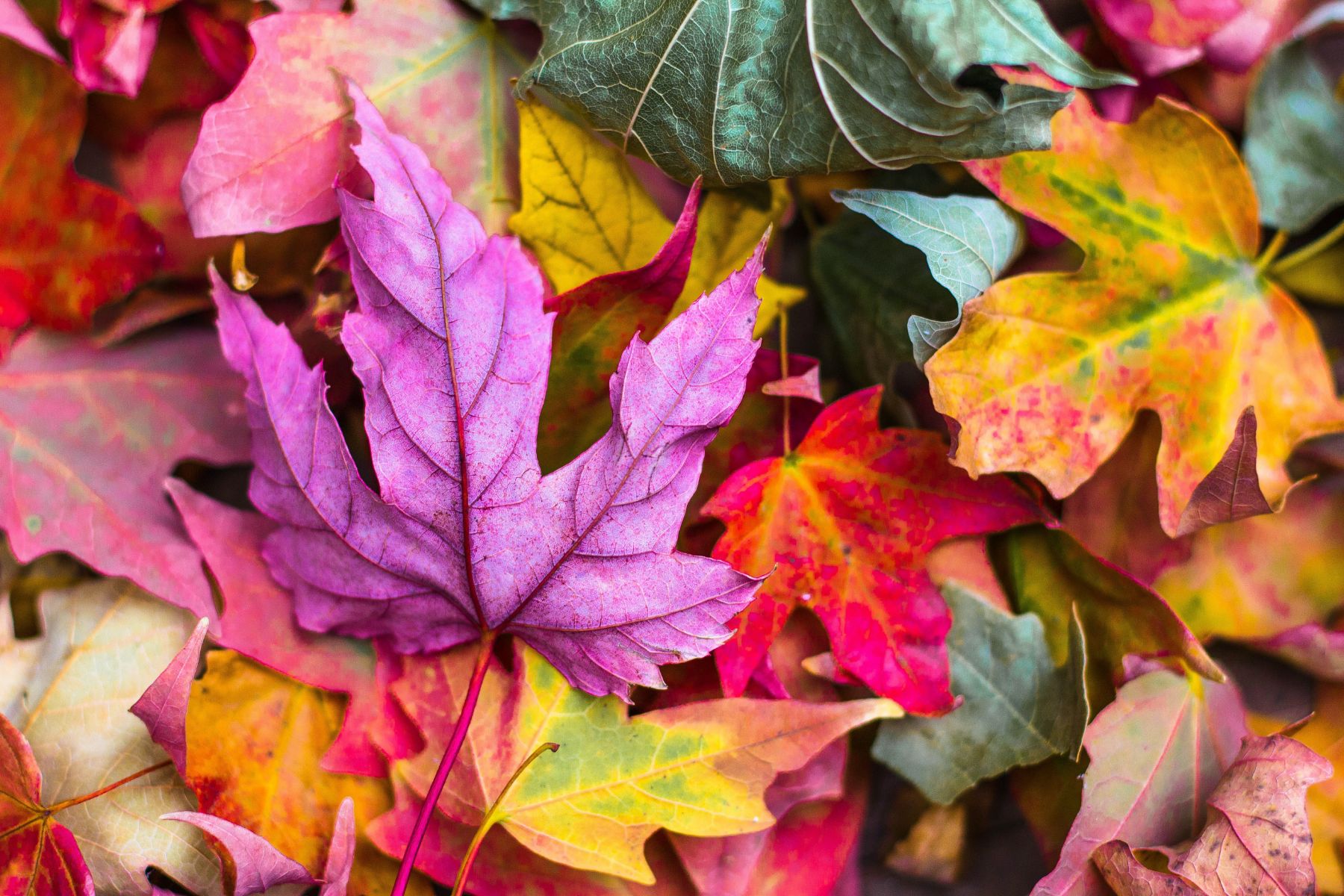Spotted Lanternfly: the bug that isn’t romantic like fireflies
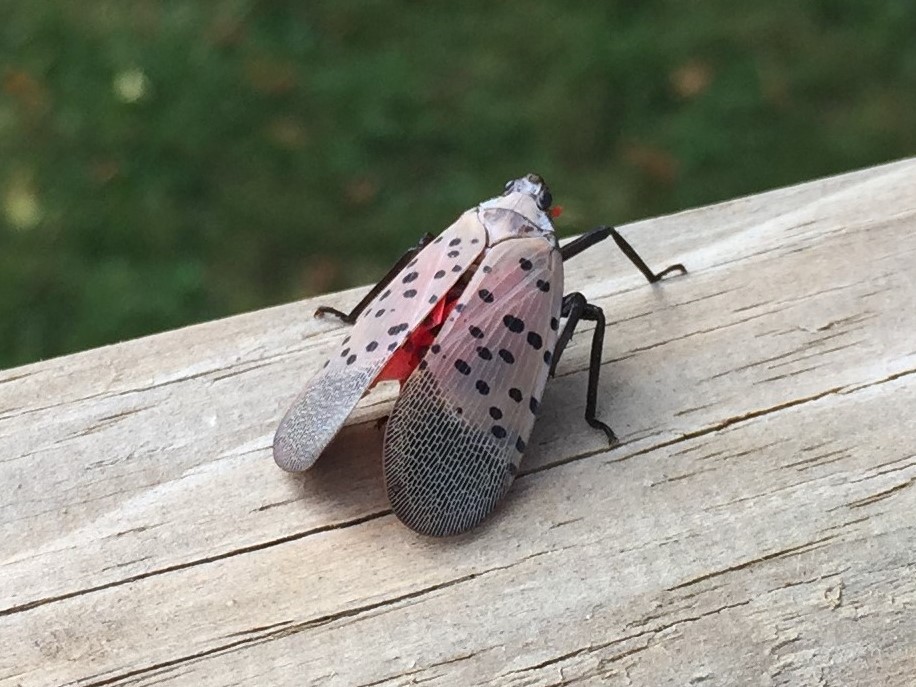
I love the summer. Dusky evenings looking over the balcony, watching the flitting glow of fireflies….SCRREEEECH. Hold it, right there! We’re not talking about lovely, romantic, little bugs today, we’re talking about the ruinous, invasive infestation that are spotted lanternflies. While these particular pests don’t actively bug you, they are detrimental to our environment. So today, we’re going to explore what exactly are they (nasty bugs, of course), where do they come from (does it really matter?), and how can we get them gone (oh, yeah!)?
Those nasty bugs
According to the Pennsylvania Department of Agriculture, the spotted lanternfly is “an invasive planthopper.” The USDA (because they don’t just care about people’s food) says lanternflies eat lots of different fruits and sap from decorative and woodsy trees, which makes your yard a veritable feast! Now, if it’s not bad enough that they’re eating all your vegetation, their consumption actually damages, infects, and kills your trees and leaves behind a black, sooty mold (read more about it HERE and tips on getting rid of that mold HERE).
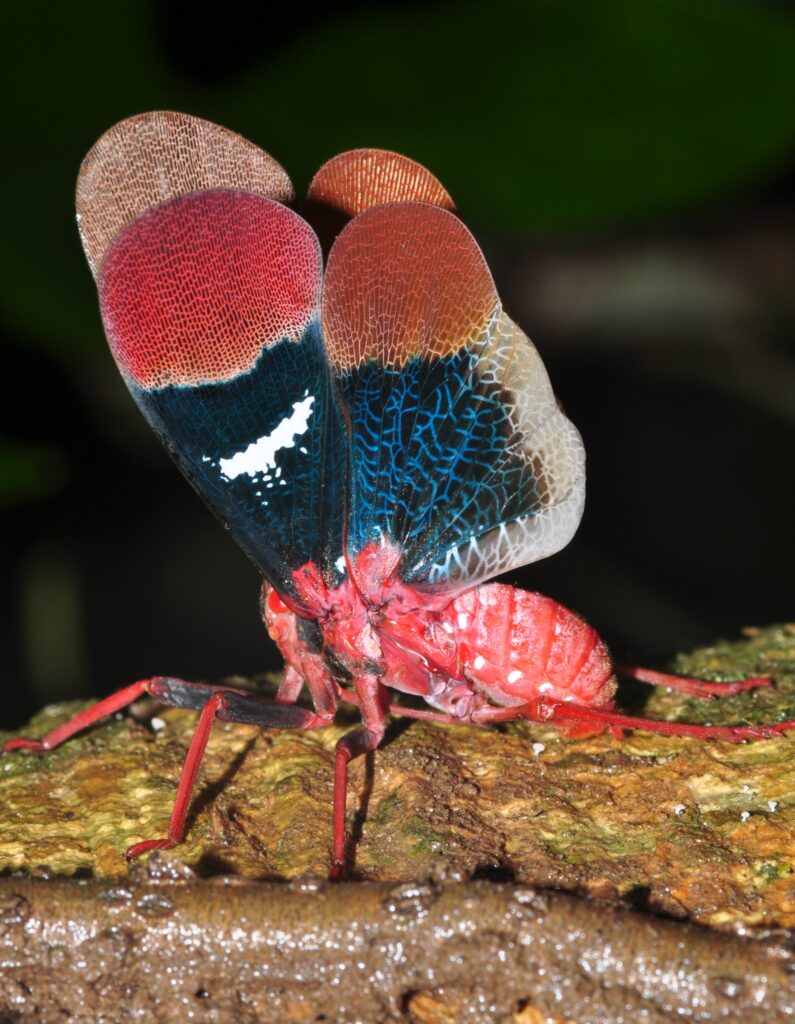
Specifically, the young ones will eat the sap from willows, maples, poplars, all pitted fruit trees, apple, pine, and even grapevines (among a whole host of other ground fruits and other items). The adults, however, are a bit pickier and actually prefer willows and the tree of heaven, which is native to China. So, it makes you wonder… can I send them over to my neighbor’s yard instead?
Their origins
While we didn’t use Ancestry.com on them, we know our current day “pilgrims” hitched a ride from China, India, and Vietnam and landed in the lovely green acres of Pennsylvania (and decided to explore the faraway lands of New York, Maryland, Delaware, and Virginia as well).
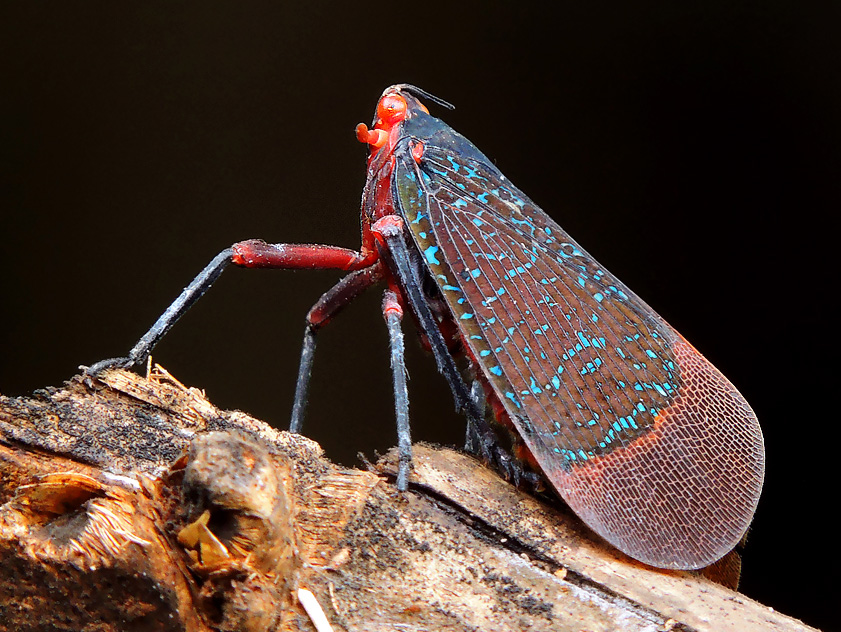
Think positive
Even though these pesty infiltrators are creating a crisis for our trees and plants, not all is lost. There are ways to begin getting them under control so they don’t spread so easily over the next several years. The process is four-fold:
- Stop their spread.
How? Great question! Check all outdoor furniture, toys, tables and chairs, firewood, and even your vehicles before moving them. They may have egg masses attached.
- Get rid of the eggs.
When you find an egg mass, just scrape it off the surface using a knife or something thin. Seal them up in a plastic bag or put it in alcohol to kill them immediately. This period lasts from late September through May.
- Control the survivors (nymphs).
Control sounds so managerial… but we really mean “KILL.” Just saying. So, if you happened to miss some eggs and they hatch, the next phase in their life cycle would be the nymph stage. This will be from late April through early November. So, in order to “control” them, you can participate in a new sport called Tree Banding. Basically, you can use various products bought specifically for this purpose or you can use duct tape (like my handy husband) to wrap around your tree trunks and capture the nymphs before they eat your tree.

- The babies have grown up.
Well, as all things do, they get bigger (and less cute). When the adults are finally matured (from June to August), you need to control them with an insecticide that kills them on contact. Otherwise, we’ll see you jumping about your yard trying to swat them… but they can jump a lot farther than you can!
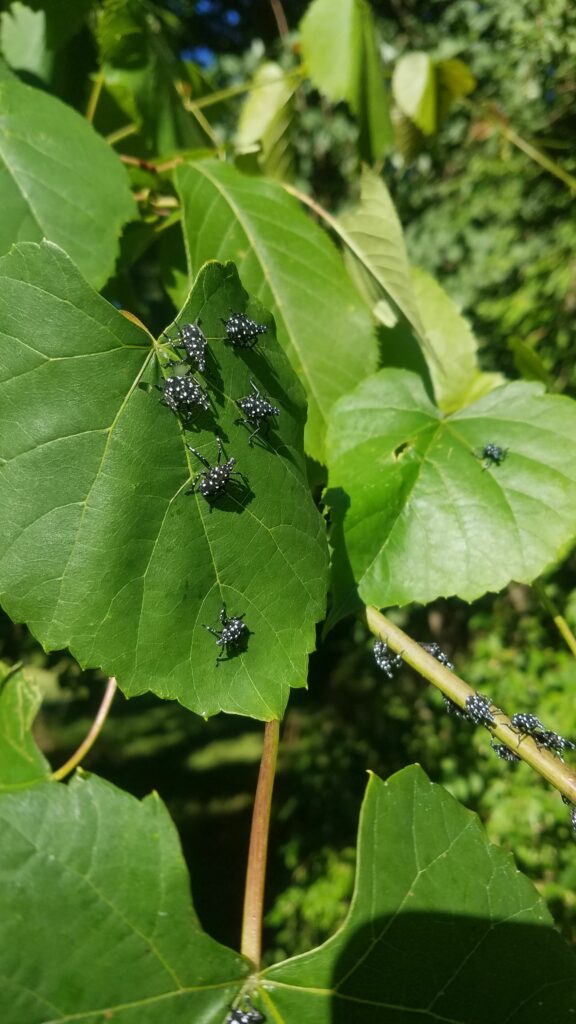
At the end of the day, please remember that if you spot spotted lanternfly during any stage of their life cycle, you need to report it to the Pennsylvania Department of Agriculture… and don’t forget to call us to help you get rid of them at any stage before they damage your property.
We can’t wait to help you! Call us at (717) 201-1032

